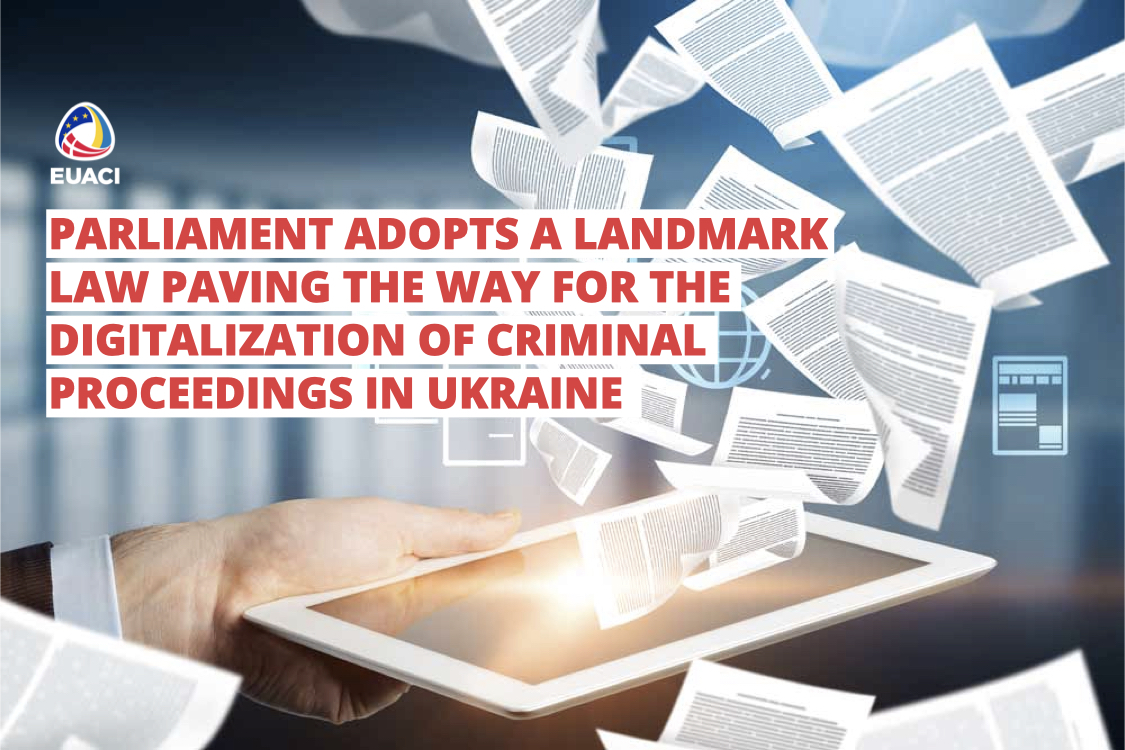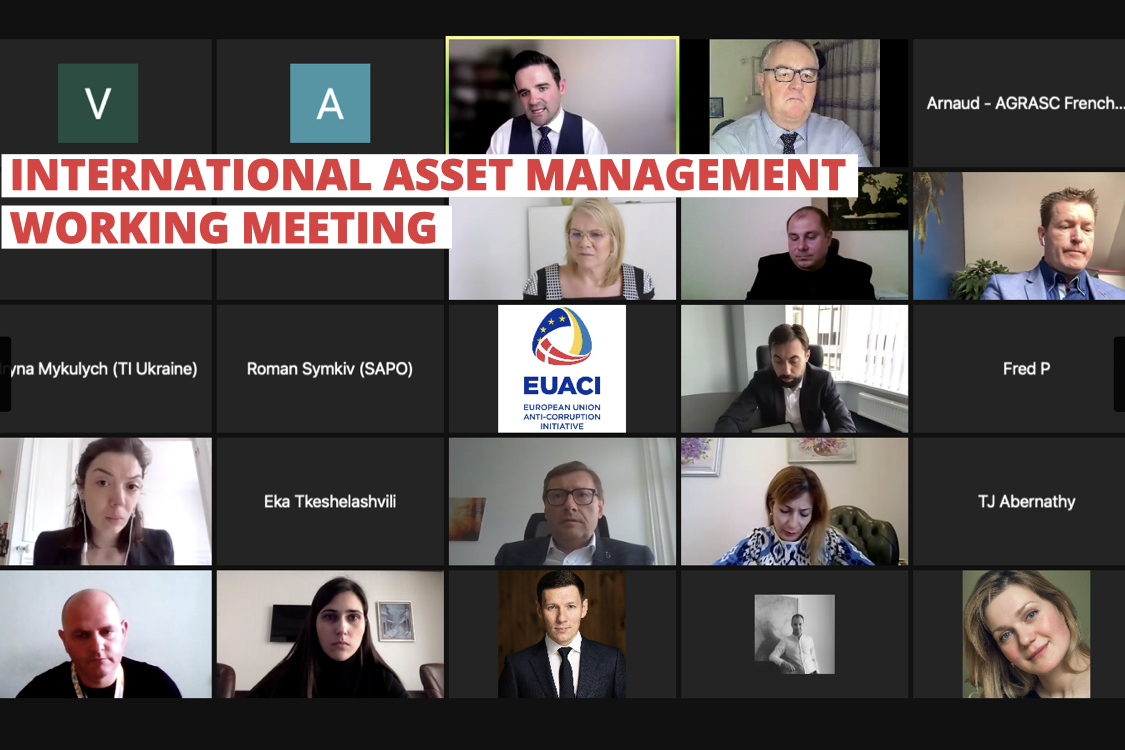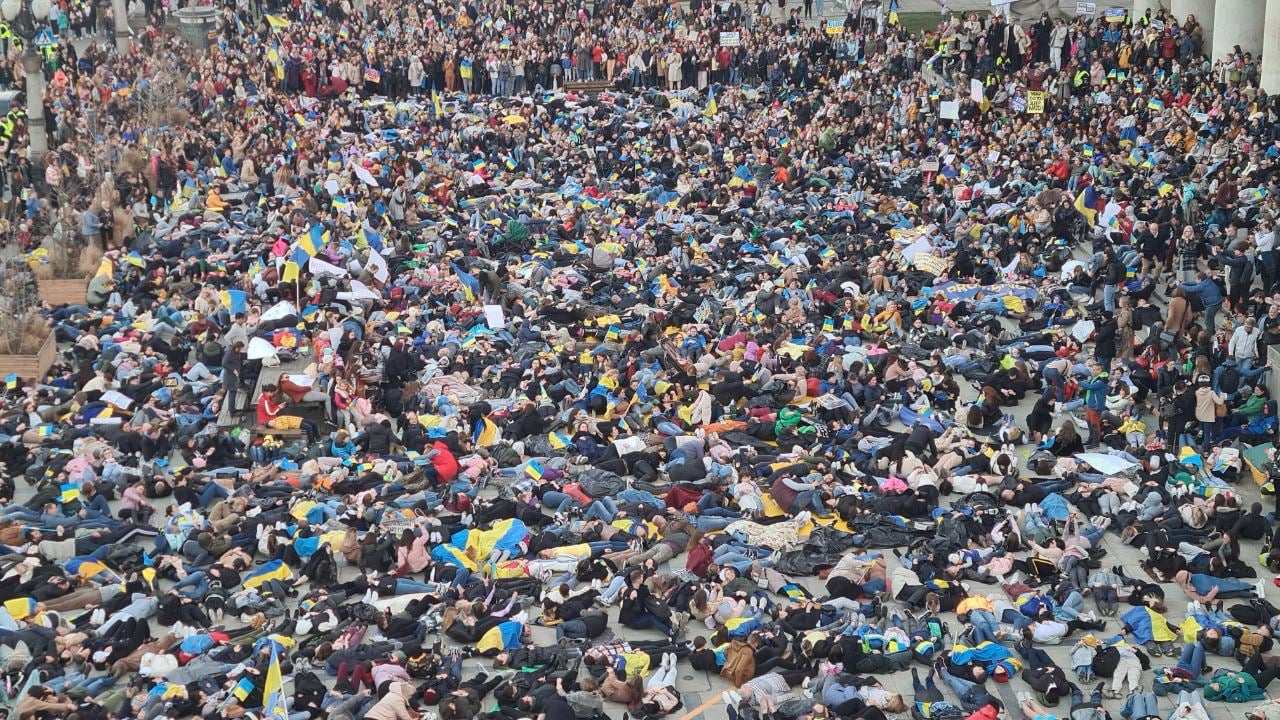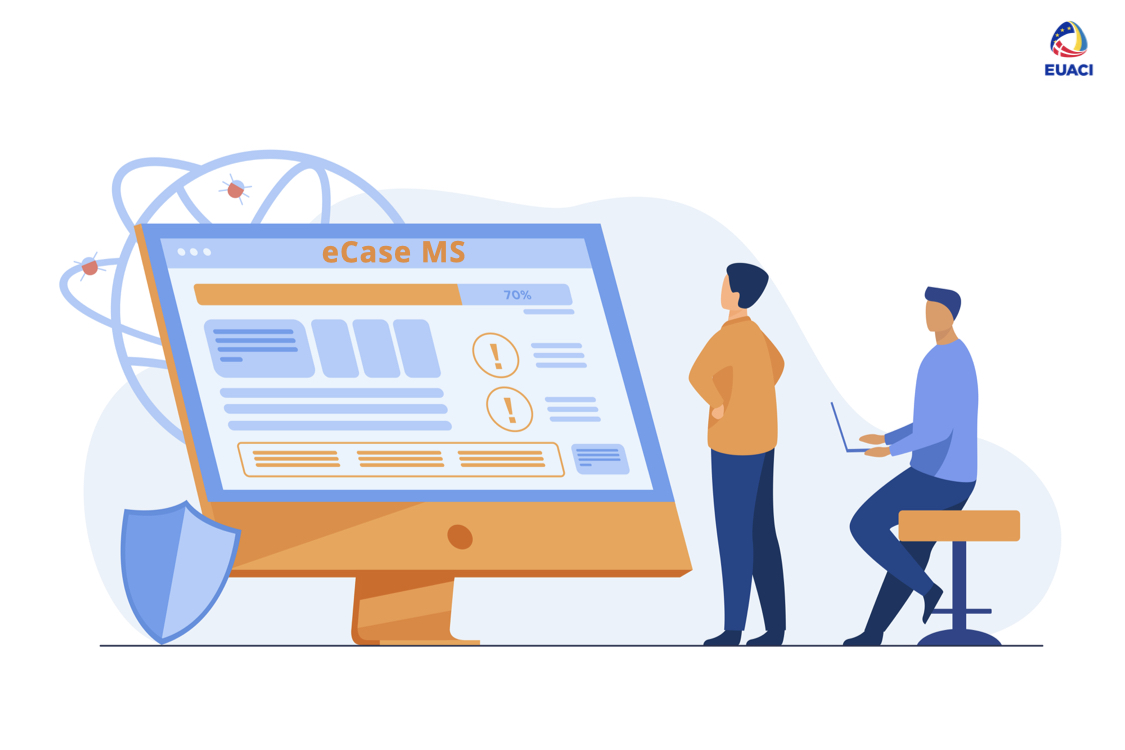Recently, the EU Anti-Corruption Initiative (EUACI) procured 298 bullet-proof vests, 400 walkie-talkies, 2000 first aid kits, and 3 thermographic cameras among many other items to help Ukraine in defending itself. The many procurements have led the EUACI, funded by the EU, co-funded and implemented by Denmark, to look into the steps between an emergency demand and the supply of it. Find the EUACI’s six steps to organising delivery of emergency equipment below.
The large-scale military invasion of Ukraine by Russia has already brought tremendous human suffering, resulting in numerous losses of lives, an increasing number of casualties, and large-scale destruction of property. Under these circumstances, a lot of EU projects have partially changed the direction of the assistance to their beneficiaries to provide immediate emergency response.
The EUACI has been the pioneer among the EU projects to provide such assistance. The EUACI managed to successfully allocate resources for the procurement, conduct the procurement, arrange transportation and logistics, deliver emergency equipment to Ukraine, and successfully distribute it among beneficiaries. Over the last two months, the EUACI has procured various types of assistance, mainly humanitarian aid (clothing, shelter equipment, large-scale generators for strategic infrastructure, etc.). Recently the initiative focused on providing the beneficiaries with the individual protective gear, namely 298 bullet-proof vests, 400 walkie-talkies, 2000 first aid kits, and 3 thermographic cameras which have been already delivered to Ukraine. More items are coming. The process was not easy and included some obstacles that had to be overcome during the procurement.
Alexander Komarov, EUACI Anti-corruption expert summarized few lessons learned by the EUACI team while organizing delivery of protective gear to Ukraine:
-
Identify the supplier
This first step is key. The increased demand and limited supply on the market caused by the Russian military invasion have pushed prices higher and it is fairly hard to judge what should be the normal pricing under these conditions. This makes it highly important to ensure that the supplier is reliable. In the case of protective gear, one good way to check the reliability of the supplier is on the list of the UN Secretariat Registered Vendors.
-
Delivering to a neighbouring country
Taking into account the inflow of humanitarian aid in the bordering countries, the delivery time might be significant. It makes sense to arrange the logistics and to identify the company that will assist you in the receiving country in advance to proceed with the customs and pickup of the goods as soon as they arrive in order to avoid any extra costs of delay.
-
Arranging pick-up in a neighbouring country and delivery to Ukraine
It is recommended to hire a company to provide full services of (a) filling out a transit declaration (depending on country, also custom clear goods and pay related fees); (b) filling out other necessary forms; (c) transporting the cargo to Ukraine. You should have all documents ready by the time the cargo arrives in a neighbouring country cargo terminal to save time on further transit.
-
Customs/importing to Ukraine
The procedure should be smooth. It is important to stay in close contact with the driver(s) to be able to resolve any issues that might arise during the border crossing. To ensure that there is no problem with crossing the border, reach out to the Ukrainian Embassy in the neighbouring country and ask for a confirmation stamp providing the validity of the document and send it to your transit company.
-
Checking the goods
Once the goods arrive in Ukraine, it is always a good idea to check them before sending them further to your beneficiary. In this way, you can ensure the number of goods that arrived, check their quality, and get the necessary information for reporting purposes. In case there are some flaws, you can contact the supplier and arrange substitution/return of the protective gear.
-
Distributing the goods to the beneficiaries
Ukrainian major postal operators proved themselves to be reliable transportation companies and their prices for humanitarian assistance delivery (including vests and helmets) are very low.
The EUACI has used these six steps for the procurements of emergency assistance to Ukraine so far and are planning on using them for even bigger procurements to come. Yet, the EUACI is still an anti-corruption organisation and is not only providing funds for the emergency assistance. Resilience and capacity building of the Ukrainian anti-corruption institutions and civil society is continuously being provided in order to promote the integrity, transparency, and accountability during the wartime.





